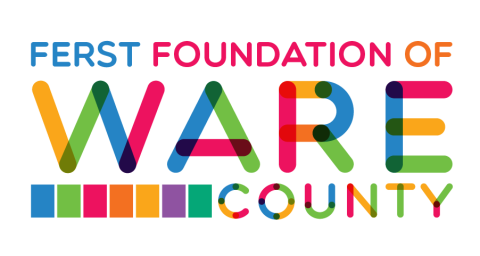Building the Foundation for Reading
Early Reading Benefits
Teaching children to read is often seen as the sole responsibility of our nation’s schools. For the most part, children’s success or failure in reading is seen as a function of the quality of their elementary education. Most kindergarten teachers would strongly disagree with these assumptions. Their experience reveals marked differences among children in their ability to learn, their familiarity with books and language, and their confidence level. In short, long before a child has experienced formalized education, there are already children far ahead of the curve and even more lagging far behind. In a 1991 (Boyer) study, kindergarten teachers reported that 35% of the children arrive at school unprepared to learn. Playing “catch up” is a very difficult proposition both for the child and the teacher.
A growing body of research now supports the experience of teachers. It suggests that from birth on the learning environment has a tremendous impact on the short and long-term reading capability of the child. According to Karoly et al (1998), children develop much of their capacity to learn in the first three years of life, when their brains grow to 90% of their eventual adult weight. Start Early, Finish Strong, a Department of Education publication; emphasizes the importance of a child’s interaction with his/her environment rather than intelligence as a key factor in determining the ease with which a child will learn to read. The publication cites a National Research Council report that states, “Just as a child develops language skills long before being able to speak, the child also develops literacy skills long before being able to read.”
Just what are these literacy skills? Letter names and shapes, associating sounds with letters, familiarity with books, associating reading with love and fun are all key areas of development. Dr. Perri Klass, Medical Director of Reach Out and Read, states, “With confidence, I tell parents to read to their children, secure in the knowledge that it will help their language development, help them be ready to read when the time comes, and help parents and children spend loving moments together.”
The key is to start at birth. Immersing a child in a rich literacy environment can be a stronger predictor of literacy and academic achievement than family income. The more words a child hears, the larger the child’s vocabulary, and the larger the child’s vocabulary, the more likely the child will be a proficient reader.
However, in order to read with a child, books must be in the home. In a 1991 study by Needlman, parents given books by their doctor were four times more likely to read and share books with their children. This rate increased to eight times more likely with lower income parents.
It is also instructive to examine the consequences of failing to build an adequate foundation for reading. The most stunning revelation is just how difficult it is to become a proficient reader if a child is trapped by initial difficulty. In a 1988 study, Juel found “…that 88% of children who have difficulty reading at the end of first grade display similar difficulties at the end of fourth grade.” Researchers at Yale discovered a similar trend. In their 1997 study, “…75% of students who are poor readers in the third grade will remain poor readers in high school.”
The Ferst Foundation cannot address all the issues of early literacy; however, we can eliminate one of the reasons why parents do not read to their child – the availability of quality books in the home. Books delivered not just once, but 60 times in the child’s critical years of development. Each delivery is wrapped in love and excitement and each is another step toward helping children to arrive at kindergarten ready to learn.

